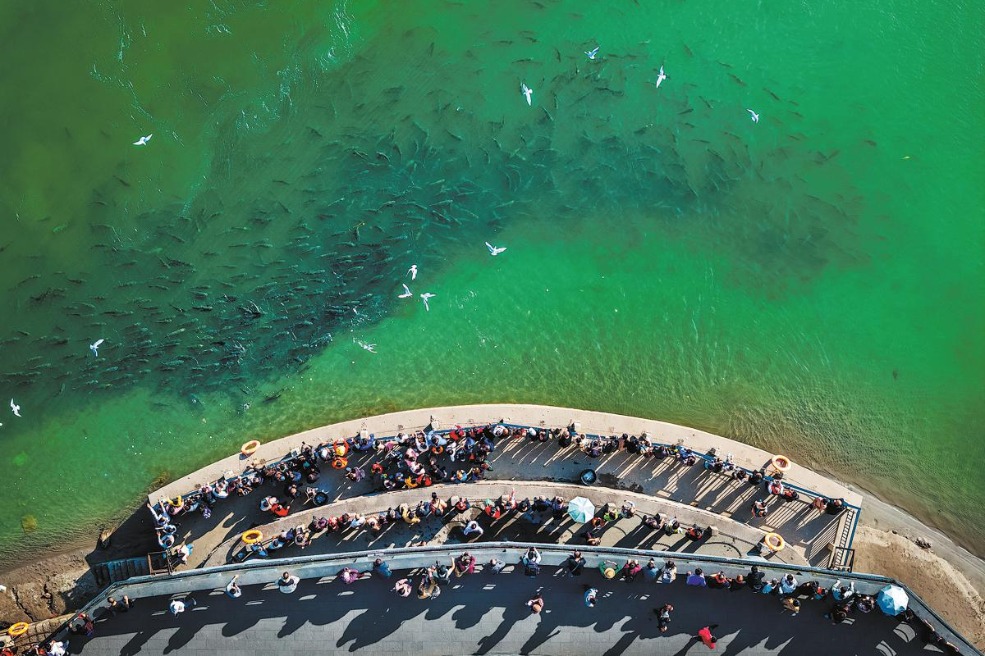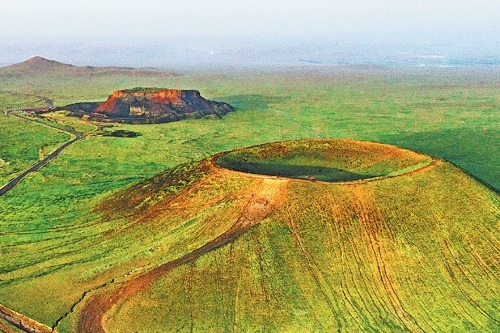Stories unfold under an azure canopy

Editor's note: China Daily reporters leverage local expertise to devise different itineraries that showcase a blend of historical landmarks and natural wonders in highly recommended cities and sites, offering practical guidance to experience the country.
Inner Mongolia, once a land of nomads, now beats with a modern heart, offering summer retreats, musical roads and delicious cuisine, Fang Aiqing and Yuan Hui report in Hohhot.
A melodious verse from the Northern Dynasty (386-581) shapes the initial impression of many Chinese people toward the vast grasslands in the north: "The yurt-like sky holds the vast green land within. Beneath its azure canopy, the infinite wilderness thrives. The wind bends the grass low, revealing sheep and cows."
This vivid image conjures up associations with Chilechuan, the plains of the Chile (Tiele) people, a northern nomadic tribe which once resided at the foot of the Yinshan Mountains in the present-day Inner Mongolia autonomous region. It remains a name steeped in curiosity and memories.
Indeed, for those planning to catch a glimpse of the majestic grasslands, Inner Mongolia would be an inevitable option. Stretching over 2,400 kilometers from east to west, like a crown capping the nation at its very north, the autonomous region covers more than one-tenth of the country's land.
This expansive terrain, most of which is perched on a plateau more than 1,000 meters above sea level, boasts varied landscapes — temperate prairie, alpine meadow and desert steppe — framed by dense forests to its east, fertile plains in the south and a sprawling sea of dunes in the west.
Summer's copious rainfall revives the grasslands, transforming them into lush green canvases. Wildflowers bloom, livestock graze, wetlands glisten, and the sun paints the sky with golden and ocher hues — all revealing an inclusive, tender soul of the plateau's wild heart.
























